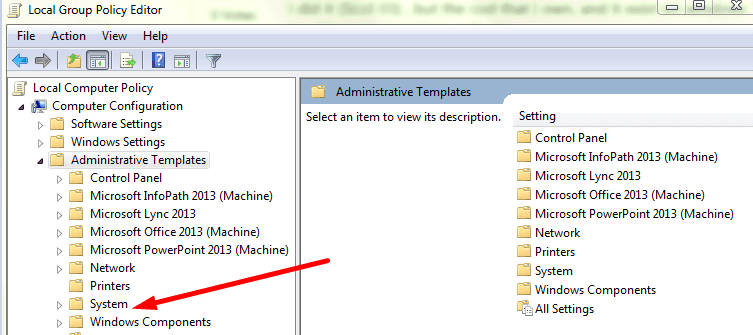
Fast Logon Optimization is a policy that speeds up the login process on Windows computers. In other words, when users boot up their computers, this policy activates asynchronously reducing the time it takes for the login box to appear. This means that the logon box appears before the network has finished initializing.
Admins can edit and control the feature via the Local Group Policy Editor.
Windows 7 and Windows 8 enables Fast Logon by default for domain and workgroup members. The OS uses cached credentials to login existing users. Thanks to this approach, users can log in faster.
There are also exceptions to this rule. For example, when a user logs in for the first time to their computer. In this case, the computer will first wait for the network to finish initializing. The machine will display the logon box after the network has been initialized.
Admins can also edit the policy so as to make Fast Logon Optimization synchronous. This means users’ computers will wait for the network to initialize completely.
Users may need to login twice after the Fast Logon Optimization feature has been changed. Other changes may also require two consecutive logins.

Administrators may disable Fast Logon Optimization. However, deactivating this feature is not recommended. This will slow down the login process.
Fast Logon Optimization applies to Windows XP, Windows 7, Windows 8, Windows Server 2003, Windows Server 2008, and Windows Server 2012.
Categories: WindowsMadalina has been a Windows fan ever since she got her hands on her first Windows XP computer. She is interested in all things technology, especially emerging technologies -- AI and DNA computing in particular.